Growing Pennsylvania Sedge (Carex pensylvanica) in Your Garden or as a Lawn Alternative
If you’re looking for a unique and eco-friendly way to transform your garden or lawn, Pennsylvania sedge (Carex pensylvanica) may be the perfect solution. This native perennial grass-like plant is gaining popularity for its low-maintenance nature and aesthetic appeal. In this comprehensive guide, we’ll delve into the world of Pennsylvania sedge and explore how you can grow it in your garden or use it as a sustainable lawn alternative.
What is Pennsylvania Sedge (Carex pensylvanica)?
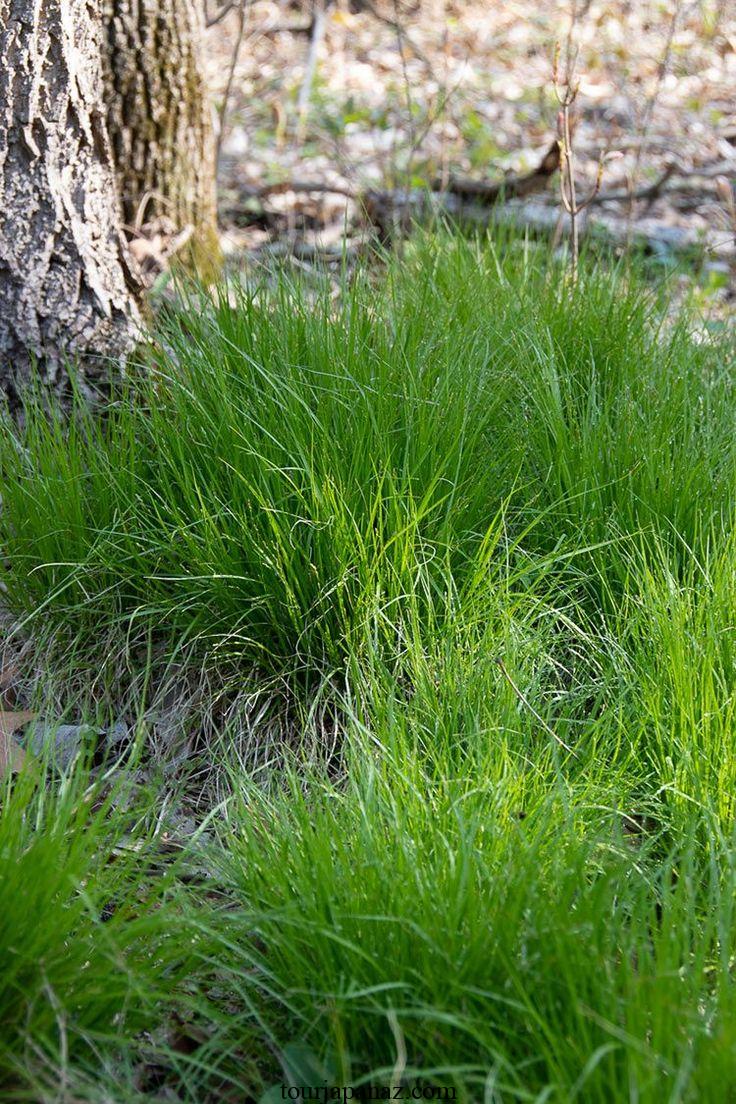
Pennsylvania sedge (Carex pensylvanica), also known as oak sedge or Pennsylvania sedge grass, is a native plant to the eastern United States. It’s a member of the sedge family, which includes thousands of species, and is known for its fine, grass-like foliage. Pennsylvania sedge typically reaches a height of 8 to 12 inches, creating a lush, green carpet-like appearance when planted en masse.
This plant’s remarkable adaptability to various growing conditions, including shade, makes it a versatile choice for gardeners and homeowners seeking a low-maintenance, attractive alternative to traditional lawns. Its natural beauty and eco-friendly characteristics have made it increasingly popular in landscaping and sustainable gardening.
Why Choose Pennsylvania Sedge for Your Garden or Lawn?
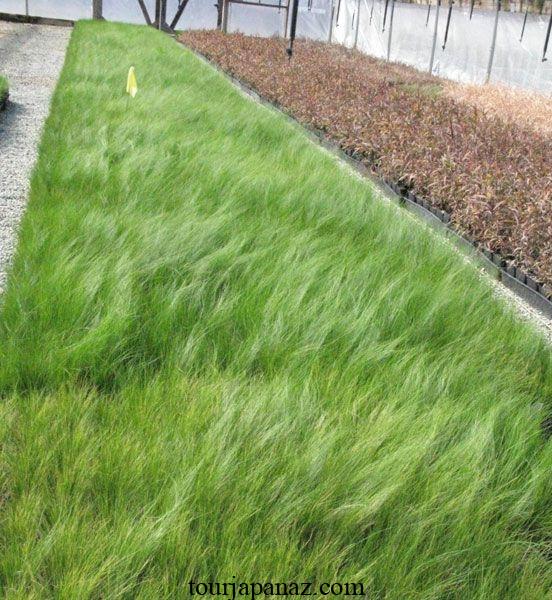
Eco-Friendly Landscaping
Pennsylvania sedge is an environmentally conscious choice for your garden or lawn. Unlike traditional turf grasses that often require excessive watering, fertilizers, and pesticides, Pennsylvania sedge thrives with minimal intervention. This means reduced water usage and fewer chemicals, contributing to a healthier and more sustainable environment.
Low-Maintenance Beauty
One of the most compelling reasons to choose Pennsylvania sedge is its low-maintenance nature. Once established, it requires little to no mowing, reducing the time and effort needed to maintain your outdoor space. Its fine-textured, arching leaves create an elegant and natural look that’s both visually appealing and easy to care for.
Versatility in Landscaping
Pennsylvania sedge’s adaptability makes it suitable for a wide range of garden and lawn applications. Whether you have a shady spot that struggles with traditional grasses, or you’re looking to create a unique ground cover, this sedge is an ideal choice. It can also be used in combination with other native plants to enhance biodiversity in your garden.
How to Grow Pennsylvania Sedge
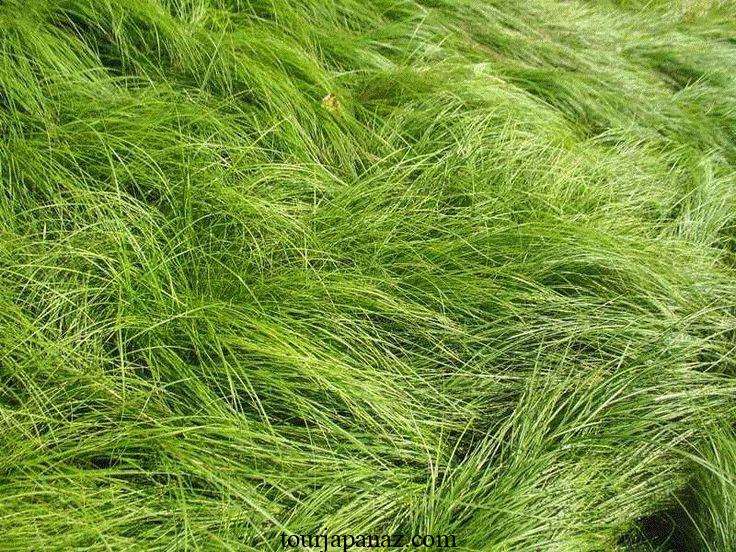
Soil Preparation
Pennsylvania sedge is not particularly picky about soil types. However, it thrives in well-draining, loamy soil. Before planting, amend the soil with organic matter to improve its structure and fertility. This will help your sedge establish strong roots and grow vigorously.
Planting
- Choose the Right Location: Select a spot in your garden that receives partial to full shade. Pennsylvania sedge is well-suited for areas where other grasses struggle to grow.
- Spacing: Space your Pennsylvania sedge plants about 8 to 12 inches apart, allowing them to fill in over time.
- Planting Depth: Dig holes that are about the same depth as the sedge plants’ root balls and slightly wider. Place the plants in the holes and cover the roots with soil.
Maintenance
The beauty of Pennsylvania sedge lies in its minimal maintenance requirements:
- Watering: Water your sedge regularly during the establishment phase, but once it’s settled in, it’s drought-tolerant and requires little watering.
- Mowing: Pennsylvania sedge does not need frequent mowing. You can trim it back in late winter or early spring if desired to encourage fresh growth.
- Fertilization: Avoid excessive fertilization. These plants are adapted to thrive in nutrient-poor soils.
Benefits of Using Pennsylvania Sedge as a Lawn Alternative
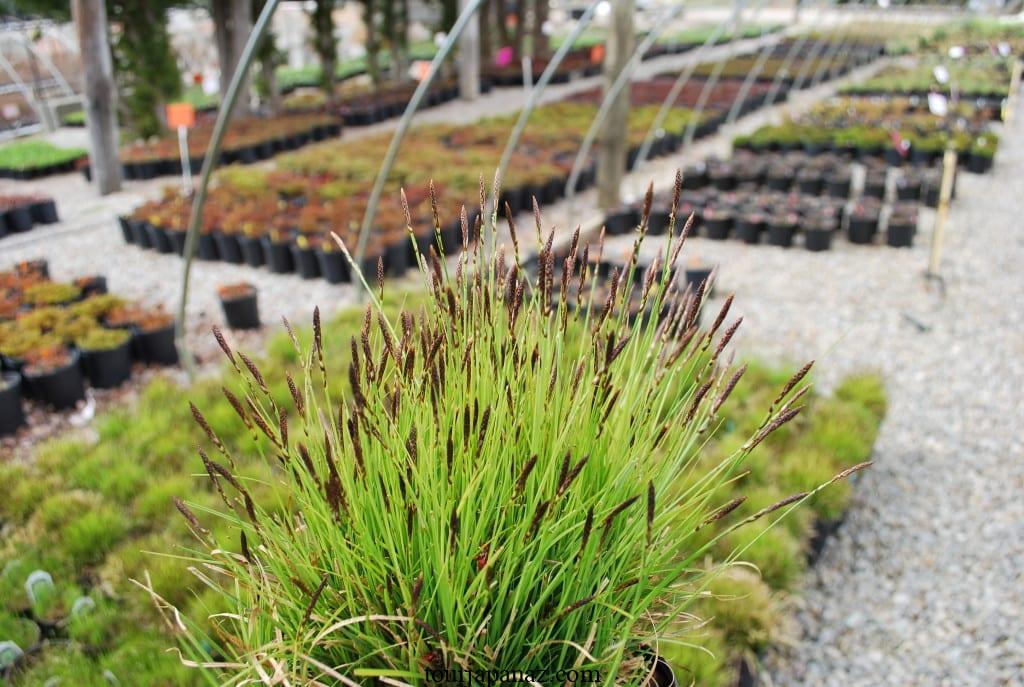
Aesthetic Appeal
Pennsylvania sedge’s lush, fine-textured foliage provides an elegant and natural look to your landscape. It’s a soft, gentle ground cover that offers a soothing green appearance, creating a serene and tranquil atmosphere in your garden.
Wildlife-Friendly
By planting Pennsylvania sedge, you contribute to the support of local wildlife. The seeds of this sedge are an essential food source for many bird species, making it a great choice for bird enthusiasts.
Erosion Control
Due to its dense root system, Pennsylvania sedge helps prevent soil erosion, making it an excellent choice for areas with sloping terrain or near water features.
Reduced Allergies
Pennsylvania sedge does not produce the irritating pollen associated with some grasses, making it an excellent option for those with allergies or sensitivities.
Pennsylvania Sedge Landscaping Ideas
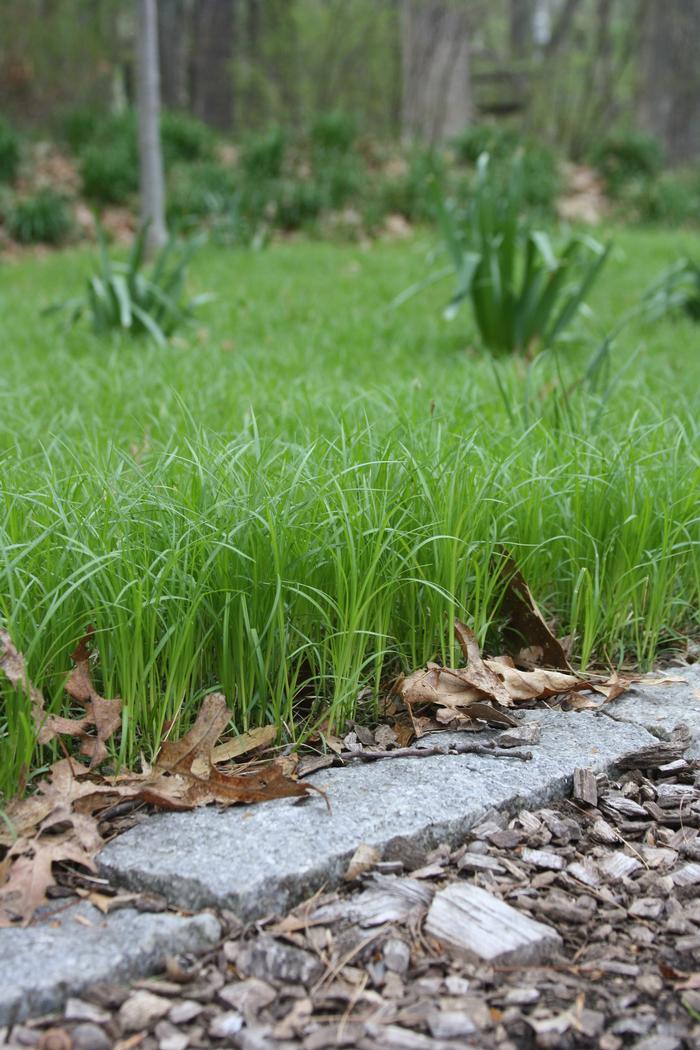
- Shaded Garden Borders: Use Pennsylvania sedge along the borders of shaded garden beds to create a soft transition between the garden and the surrounding landscape.
- Woodland Gardens: Incorporate Pennsylvania sedge in woodland gardens to enhance the natural, forest-like ambiance.
- Understory Planting: Plant this sedge under taller trees and shrubs to create a lush understory that complements the taller vegetation.
- Rain Gardens: Pennsylvania sedge is an excellent choice for rain gardens due to its ability to absorb and filter water effectively.
FAQQ1: Can Pennsylvania sedge be grown in full sun?
A1: While Pennsylvania sedge prefers partial to full shade, it can tolerate some sun, especially in cooler climates. However, it may require more frequent watering in full sun.
Q2: Is Pennsylvania sedge invasive?
A2: No, Pennsylvania sedge is not considered invasive. It spreads slowly and forms dense, non-invasive clumps.
Q3: When is the best time to plant Pennsylvania sedge?
A3: The best time to plant Pennsylvania sedge is in the early spring or early fall when the weather is mild and conducive to root establishment.
Q4: How often should I water my Pennsylvania sedge?
A4: During the establishment phase, water your Pennsylvania sedge regularly to help the roots develop. Once established, it is drought-tolerant and requires minimal watering.
Q5: Can I mow Pennsylvania sedge like traditional grass?
A5: Pennsylvania sedge does not require frequent mowing. You can trim it back in late winter or early spring if you want to encourage fresh growth.
In conclusion, Pennsylvania sedge (Carex pensylvanica) is a fantastic choice for environmentally conscious gardeners and homeowners seeking a low-maintenance, visually appealing alternative to traditional lawns. Its adaptability, low-maintenance nature, and numerous ecological benefits make it an excellent addition to any garden or landscape. By following the simple guidelines for planting and care, you can enjoy the beauty of Pennsylvania sedge while contributing to a greener, more sustainable environment.
tag
- chicken feed
- how to Keep Chickens Off Your Porch
- How to grow oyster mushrooms at home
- Growing Kale in Pots

No Responses